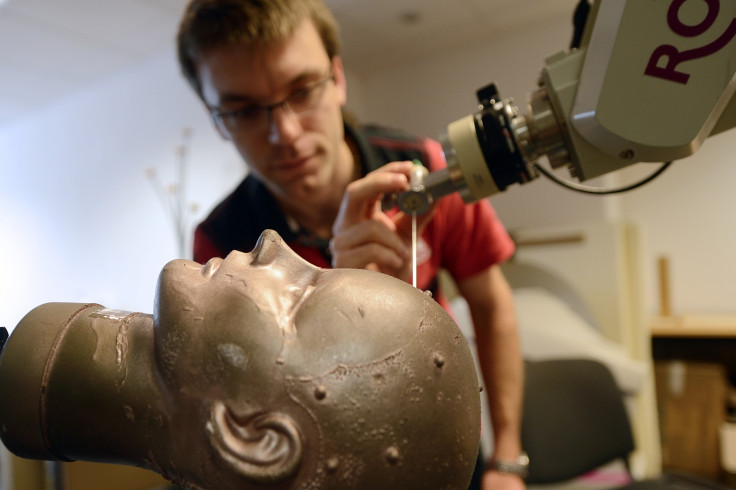Robot makes medical history by performing first ever surgery inside the human eye
Dr Robert E MacLaren, professor of ophthalmology at the University of Oxford, said the robotic technique is "a vision of eye surgery in the future".

A new robotic system developed by the University of Oxford has just passed its first ever clinical trial with a robot successfully performing surgery inside the human eye. The robot reportedly performed the intricate retinal surgery with enhanced levels of accuracy, even surpassing the trained human hand.
The clinical trial involved 12 patients undergoing retinal membrane-removal surgery, an extremely delicate procedure. The patients were divided into two groups of six, one of which underwent the traditional procedure at the hands of a human doctor, while the other underwent the new robotic technique.
The study saw a fewer number of patients in the robot group experiencing haemorrhages and retinal damage. The total number of people experiencing micro-haemorrhage events was two, compared to five in the manual group.
The study was led by Dr Robert E MacLaren, professor of ophthalmology at the University of Oxford, who also performed some of the surgeries. Dr MacLaren said in a statement that the robotic technique was "a vision of eye surgery in the future".
"These are the early stages of a new, powerful technology," Live Science quoted Dr Marc de Smet, an ophthalmologist in the Netherlands who helped design the robot, as saying. "We have demonstrated safety in a delicate operation. The system can provide high precision [at] 10 microns in all three primary [directions], which is about 10 times more precise than what a surgeon can do," Dr de Smet said. The three primary directions in this case are up/down, left/right, and towards the head/towards the feet.
Retinal surgeries involve making miniscule holes in the human eye, which allow access to the retina. However, the surgeries can be tricky as blood flow to the surgeon's hands can be enough to affect accuracy and increase the likelihood of a cut being made too deep.
Dr MacLaren explained that the robot functions as a mechanical hand that can make highly precise movements. However, the surgeon still remains in control of the procedure. Surgeons can manoeuvre the robot hand using a joystick and touchscreen.
"The robotic technology is very exciting, and the ability to operate under the retina safely will represent a huge advance in developing genetic and stem cell treatments for retinal disease," Dr MacLaren told Live Science.
© Copyright IBTimes 2025. All rights reserved.




















